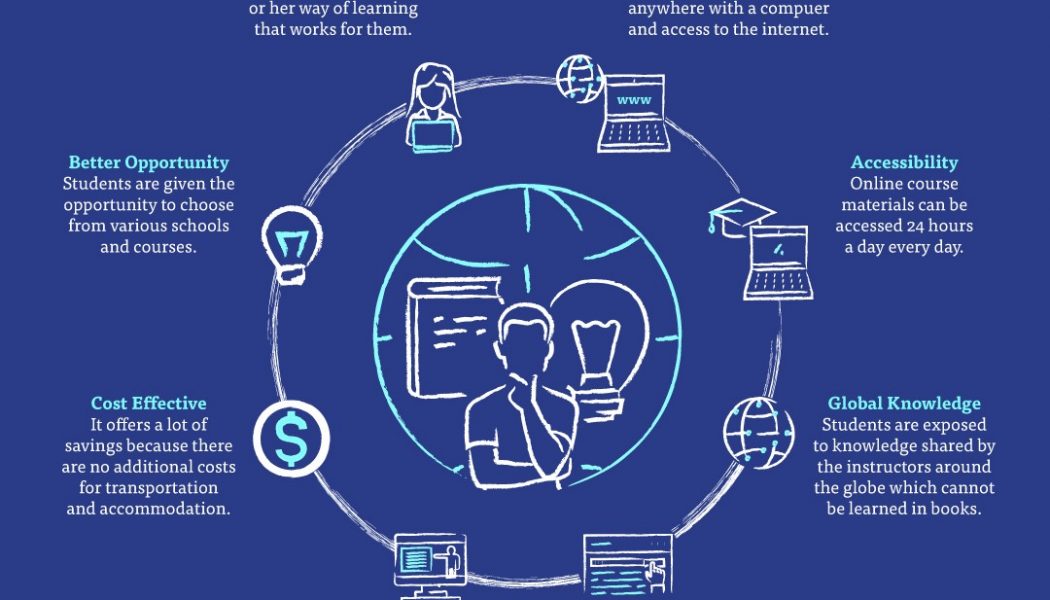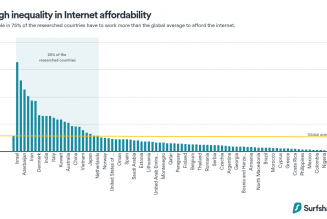For millions of students and instructors across the world, online classes have become a necessity because of the COVID-19 pandemic. And, in general, many have found the transition to a virtual learning environment to be – at the very least – challenging.
Indeed, if you’re used to spending a lot of time in a physical classroom, operating primarily online can be a difficult change to your routine. However, the good news is that there are a number of key advantages associated with online education and eLearning.
To that end, today we’ll take a look at four reasons why students and teachers alike can benefit from virtual education:
1. Flexibility
/* custom css */
.tdi_3_575.td-a-rec-img{ text-align: left; }.tdi_3_575.td-a-rec-img img{ margin: 0 auto 0 0; }
Perhaps the most obvious positive aspect of online education is the flexibility it provides educators and students. Online classes can be scheduled and rearranged with little notice, and since no one has to commute to or from a classroom, individuals should have more time in their schedules to accommodate coursework. What’s more, online classes allow teachers to implement a diverse and flexible approach to education.
So while in-person classes may be more regimented, online courses can be altered depending on a variety of factors.
2. Access to Experts
While instructors certainly have a strong grasp of their areas of expertise, it can certainly be helpful for students to hear directly from industry professionals as well. Thankfully, online education allows teachers to collaborate with their colleagues in the field to supplement the learning experience for their students.
For example, a medical professor may consider inviting a doctor with expertise in osteoarthritis and stem cell therapy to discuss a specific, in-depth topic with their class. And because of the high connectivity remote learning affords, instructors can connect their students with professionals around the globe with relative ease!
3. Personalization
Classroom learning is, in many ways, a communal experience. While students may not have the ability to interact with their instructors in person, they can still connect with their teachers through online mediums. In fact, eLearning may even boost one-on-one (virtual) interactions between instructors and students.
4. Cost Savings
In the long-term, it could be expected that more and more educational institutions will begin to adopt a more pervasive online strategy with time. That’s in large part because eLearning offers so many cost-saving opportunities.
Naturally, universities and other institutions could then pass on those financial benefits to their students through lowered tuition fees, or to their instructors in the form of higher pay.
Over the course of many years, online education could present organizations – and individuals – with serious financial upside!
Staff writer










